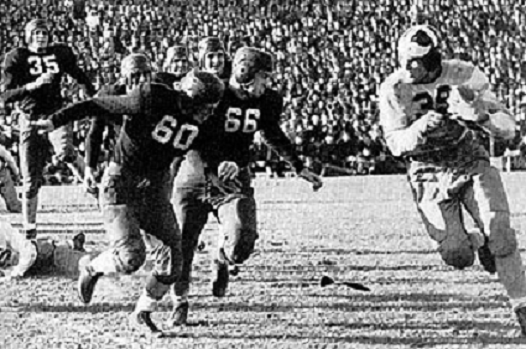
Pictured above is Texas A&M fullback John Kimbrough scoring his 2nd touchdown to rally the Aggies to a 14-13 victory over Tulane in the Sugar Bowl


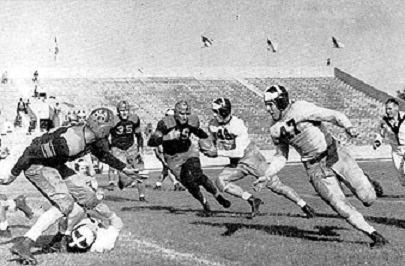
| at Oklahoma State (5-4-1) | 32-0 | |
| Centenary (2-9-1) | 14-0 | |
| at Santa Clara (5-1-3) | 7-3 | #22 |
| Villanova (6-2) | 33-7 | (#26-33) |
| at Texas Christian (3-7) | 20-6 | |
| Baylor (7-3) | 20-0 | |
| at Arkansas (4-5-1) | 27-0 | |
| Southern Methodist (6-3-1) | 6-2 | (#26-33) |
| at Rice (1-9-1) | 19-0 | |
| Texas (5-4) | 20-0 | |
| Sugar Bowl Tulane (8-1-1) | 14-13 | #5 |
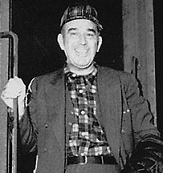 This isn't Texas A&M's first MNC. They claim national titles for 1919 and 1927
as well (I disagree with the first claim, but agree with the 2nd), both
seasons the work of Hall of Fame coach Dana X. Bible. This season was
the work of another Hall of Fame coach, Homer Norton (pictured at left).
This isn't Texas A&M's first MNC. They claim national titles for 1919 and 1927
as well (I disagree with the first claim, but agree with the 2nd), both
seasons the work of Hall of Fame coach Dana X. Bible. This season was
the work of another Hall of Fame coach, Homer Norton (pictured at left).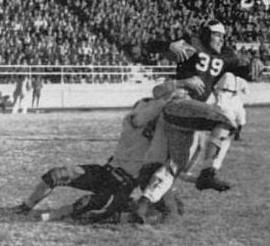
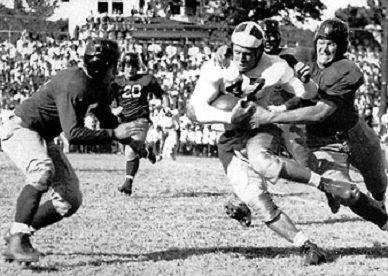
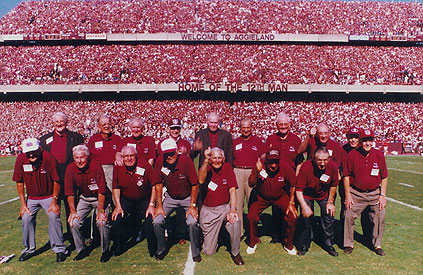
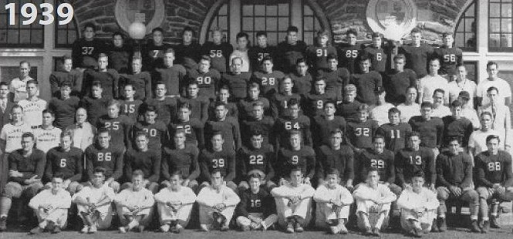
| Syracuse (3-3-2) | 19-6 | |
| at Princeton (7-1) | 20-7 | (#26-33) |
| Penn State (5-1-2) | 47-0 | |
| at Ohio State (6-2) | 23-14 | #9 |
| Columbia (2-4-2) | 13-7 | |
| Colgate (2-5-1) | 14-12 | |
| at Dartmouth (5-3-1) | 35-6 | |
| at Penn (4-4) | 26-0 |
| Texas A&M 11-0 | Cornell 8-0 | |||||||||||||||||||||||||||||
|---|---|---|---|---|---|---|---|---|---|---|---|---|---|---|---|---|---|---|---|---|---|---|---|---|---|---|---|---|---|---|
|
|
|||||||||||||||||||||||||||||
| 1) Boand
(math system) College Football Researchers Association Poling (math) Houlgate (math) Billingsley (math) |
5.0 |
| 6) AP Poll National Championship Foundation |
4.8 |
| 8) Litkenhous (math) | 4.13 |
| 9) Dunkel (math) | 4.05 |
| 10) Helms Foundation | 3.9 |
| 11) Sagarin-ELO (math) | 3.7 |
| 12) Williamson (math) | 3.6 |
| 13) Sagarin (math) | 2.9 |
| 14) Dickinson (math) | 2.5 |
| 1) Boand (math system) | 4.26 |
| 2) College Football Researchers Association | 4.22 |
| 3) Poling (math) | 4.11 |
| 4) Helms | 4.09 |
| 5) Sagarin-ELO (math) | 4.06 |
| 6) National Championship Foundation | 3.96 |
| 7) Dickinson (math) | 3.49 |
| 8) Houlgate (math) | 3.35 |
| 9) Billingsley (math) | 3.34 |
| 10) Sagarin (math) | 3.28 |
| 11) Parke Davis | 2.77 |
| 1) Houlgate (math system) | 4.5 |
| 2) Helms | 4.3 |
| 3) Parke Davis | 4.2 |
| 4) National Championship Foundation | 3.7 |
| 5) Billingsley (math) | 3.6 |